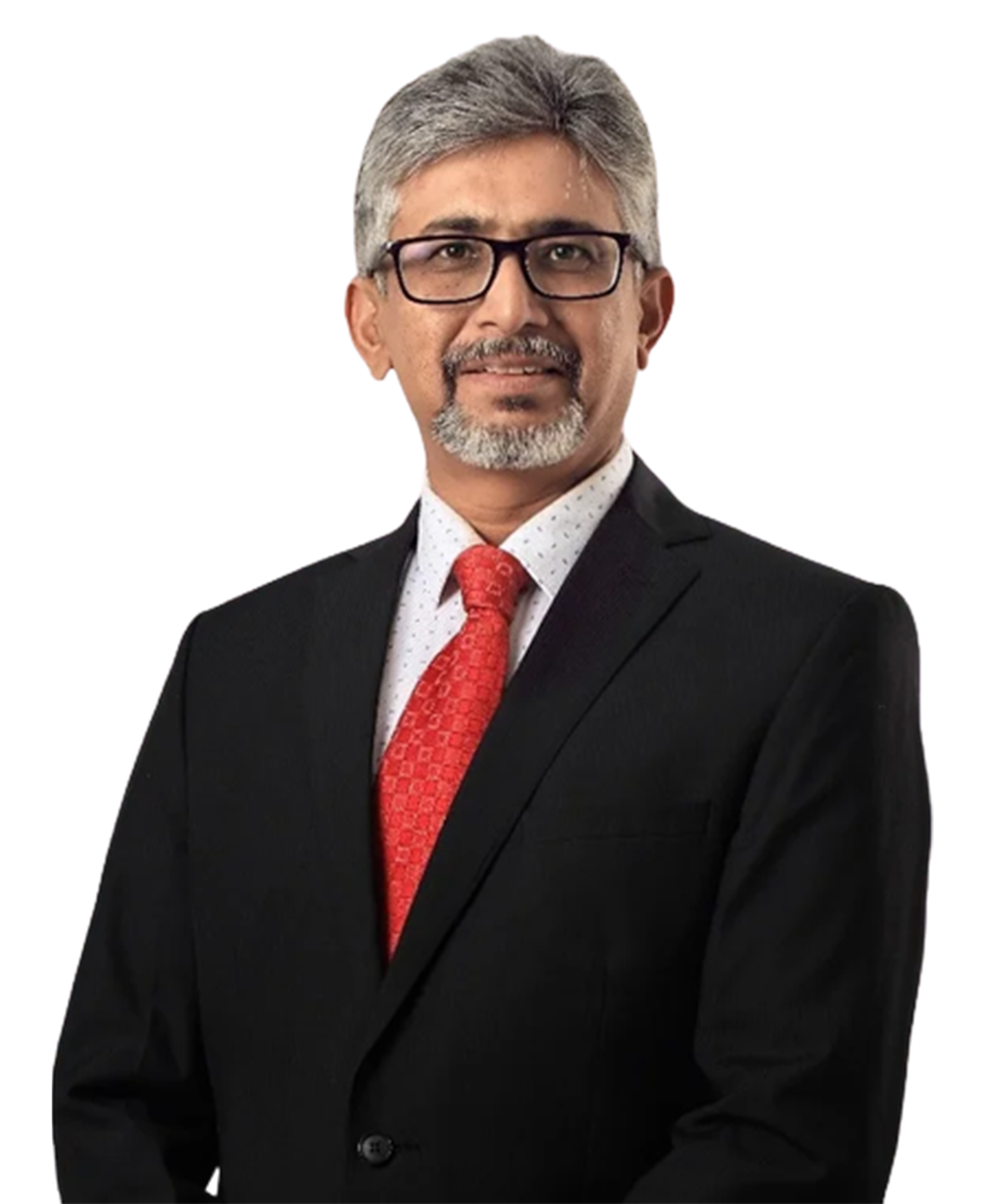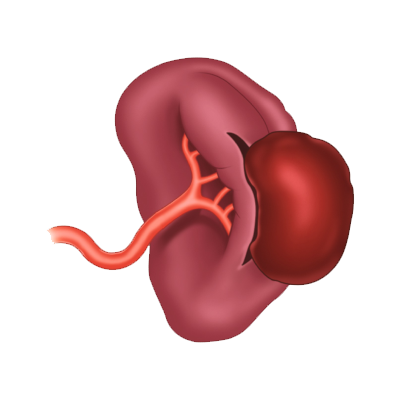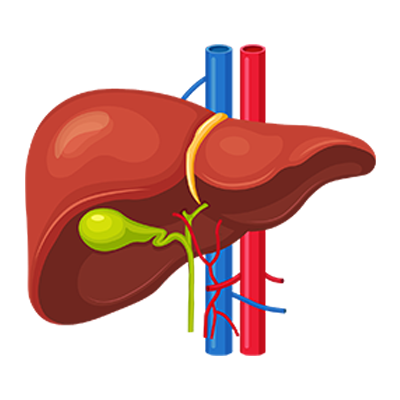
Dr. Anandkumar Jayaram
MBBS MS FIAGES
Find Top Laparoscopic and General Surgeon Doctors Near You
Know More
Best Laparoscopic and General Surgeon
Dr. Anand Kumar Jayaram, is a renowned Laparoscopic and General Surgeon from the city of Bangalore known for his top-quality surgical care to his patients. He has dedicated his career to providing top-quality surgical care to his patients. With a specialization in Laparoscopic (Keyhole) and General Surgery, he is committed to staying at the forefront of the field and delivering the best possible outcomes for each and every patient.
His journey in surgery began in 1992 at Govt. Medical College, Bellary, where he received his initial training. Since then, he has honed his skills and knowledge through extensive training…



No. 1

Know More about Laparoscopic and General Surgery
How is a Laparoscopic Surgery carried out?
Applications of Laparoscopic Surgery

Appendectomy

Cholecystectomy

Hernia repair

Colorectal surgery

Bariatric surgery

Hysterectomy

Splenectomyr

Liver resection

Pancreatic surgery

Diagnostic laparoscopy

Why Choose Laparoscopic Surgery?



Testimonials
Recent Blogs
News & Resources


Video Testimonials
FAQ's
Thyroid surgery is a procedure that involves removing part or all of the thyroid gland, which is located in the neck and produces hormones that regulate metabolism. This surgery may be necessary if the thyroid gland is overactive (hyperthyroidism), underactive (hypothyroidism), or if there are nodules or tumors on the thyroid gland.
